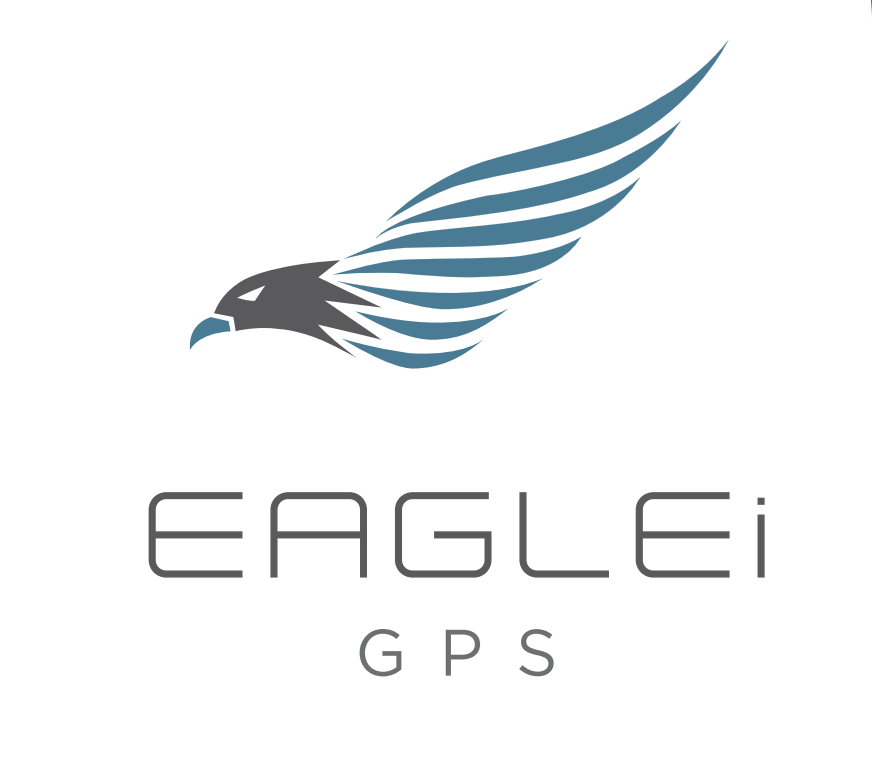Enhancing Road Safety: The Critical Role of GPS Fleet Tracking and Seatbelt Monitoring
Introduction: The Intersection of Safety and Technology
In the fast-paced world of fleet management, ensuring driver safety is a non-negotiable priority. Among the most crucial safety measures, seatbelt usage stands as a primary defense against road accidents. With the integration of GPS fleet tracking technology, monitoring seatbelt usage has evolved, offering a more dynamic and real-time approach to reinforcing this essential safety norm. This blog explores how GPS fleet tracking is revolutionizing seatbelt monitoring, significantly enhancing road safety standards.
The Importance of Seatbelt Use in Fleet Safety
Statistics and Impact
The stark reality of road safety begins with some sobering statistics. According to the National Highway Traffic Safety Administration, seatbelts saved nearly 15,000 lives in recent years. This fact alone underscores the critical role of seatbelt usage in reducing fatalities and injuries on the road. For fleet managers, ensuring that every driver buckles up is not just a best practice; it’s a lifesaving strategy.
Legal and Compliance Aspects
Legally, seatbelt compliance is not just a recommendation, but a mandate in many regions. Fleet operators are often legally required to ensure their drivers are adhering to these safety regulations. Non-compliance can lead to severe legal and financial repercussions, making effective monitoring crucial for fleet operations.
GPS Fleet Tracking: A Technological Boon for Safety
Overview of GPS Fleet Tracking
GPS fleet tracking systems are more than just tools for monitoring location and routes. These systems have evolved into sophisticated platforms that can provide real-time data on various aspects of vehicle and driver performance, including safety compliance such as seatbelt usage.
Integration with Safety Features
Modern GPS tracking systems are equipped with features that can detect whether drivers are wearing their seatbelts. These systems can send instant alerts to fleet managers, enabling them to take immediate action if a driver is not complying with safety protocols.
How GPS Fleet Tracking Enhances Seatbelt Monitoring
Real-Time Monitoring and Alerts
One of the most significant advantages of using GPS tracking for seatbelt monitoring is the ability to receive real-time data. This immediacy allows fleet managers to address non-compliance issues promptly, significantly reducing the risk of accidents related to seatbelt non-use.
Driver Behavior Analysis
GPS tracking systems provide valuable insights into driver behavior patterns. By analyzing this data, fleet managers can identify drivers who consistently neglect seatbelt use and implement targeted training programs to improve their safety habits.
Case Studies: Success Stories of Seatbelt Enforcement through GPS Tracking
This section would feature real-world examples and case studies of companies that have successfully integrated GPS tracking in their fleet management, emphasizing the benefits and improvements in safety and compliance.
Challenges and Best Practices in Implementation
Overcoming Resistance
Implementing new technology can sometimes meet with resistance from drivers. This part of the blog would discuss strategies for gaining driver buy-in and fostering a culture that prioritizes safety.
Choosing the Right GPS Tracking System
Not all GPS tracking systems are created equal. This section would offer advice on selecting a system that best meets the specific needs of a fleet, with a particular focus on robust seatbelt monitoring features.
Conclusion
GPS fleet tracking technology has become an indispensable tool in modern fleet management, especially in enhancing driver safety through effective seatbelt monitoring. By embracing this technology, fleet managers can ensure compliance, reduce the risk of road accidents, and foster a safety-first culture within their organizations.







